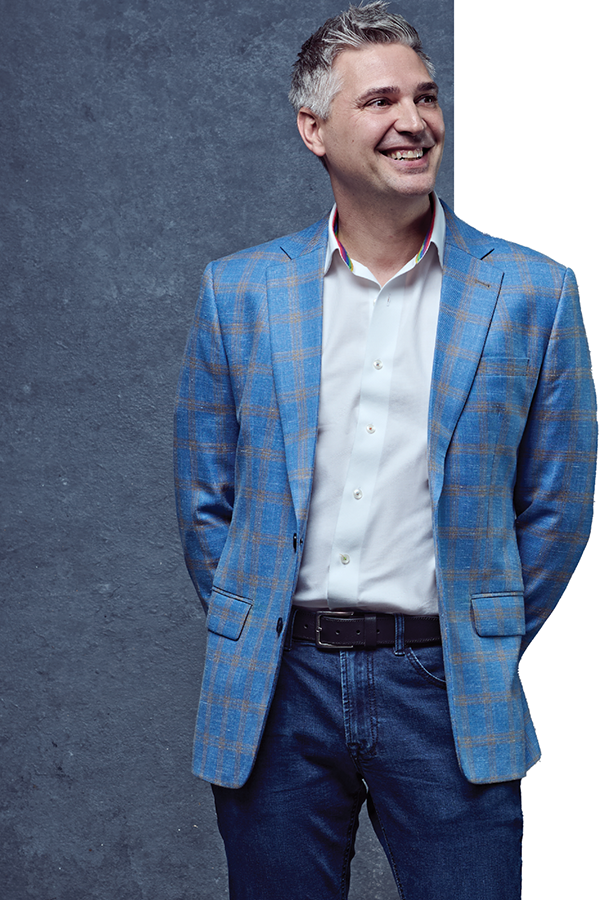Paving a clear path to a cure for HIV
By Josh Friesen
For Ignite Magazine
Photos by Jason Hill
More people worldwide are living with HIV now than in any other time in recorded history.
According to the World Health Organization, approximately 85.6 million people have been infected with HIV since the epidemic began in 1981. Of those, about 40.4 million people have died. Today, an estimated 40 million people are living with the virus. And, in 2022, 630,000 people died of HIV-related illnesses worldwide, including acquired immunodeficiency syndrome (AIDS).
Though not as prevalent in the global social consciousness as it once was, the HIV/AIDS pandemic has never eased its grip on humanity.
Jonah Sacha, Ph.D., a professor at OHSU’s Oregon National Primate Research Center, is confident he can help change that.

“What we’ve come to realize is that we can actually cure HIV,” Sacha said. “For the first time, there’s a real, very clear pathway forward.”
The roots of Sacha’s work developing a cure for HIV go back to 2007 — the first known case of HIV being cured via stem cell transplant. A man living with HIV — known then as the “Berlin patient” and later identified as Timothy Ray Brown — underwent a stem cell transplant to treat acute myeloid leukemia. The procedure, originally a bid to stymie his cancer, spurred a resistance to HIV infection, eventually eliminating HIV cells and functionally curing Brown of the disease.
Since then, four more people have similarly been cured. Recently, Sacha met with three of them. It was the first time multiple people who’d been cured of HIV had been in the same room.

“For the first time, there’s a real, very clear pathway forward.”
Jonah Sacha
“It was one of those eureka moments,” Sacha said. “I’m standing here with these people who went through this grueling stem cell transplant process but are actually cured of HIV. Hearing them tell their stories was just inspiring, and it made me realize, ‘This doesn’t have to be just them. We can do this for everyone.’”
Sacha is working to reverse-engineer the process that cured those five individuals of HIV. In 2023, he led a study that shone new light on the molecular mechanisms and immune responses behind those cases. Those groundbreaking insights will illuminate the roadmap to HIV-specific immunotherapies — a cure.
“This isn’t just some big, pie-in-the-sky idea,” Sacha said. “I’d like to see treatment for everyone. In the United States, there’s a dichotomy between those who can access treatment and those who can’t. When we cure HIV — because we will cure HIV in my lifetime — I hope to see that it is available to everyone.”

